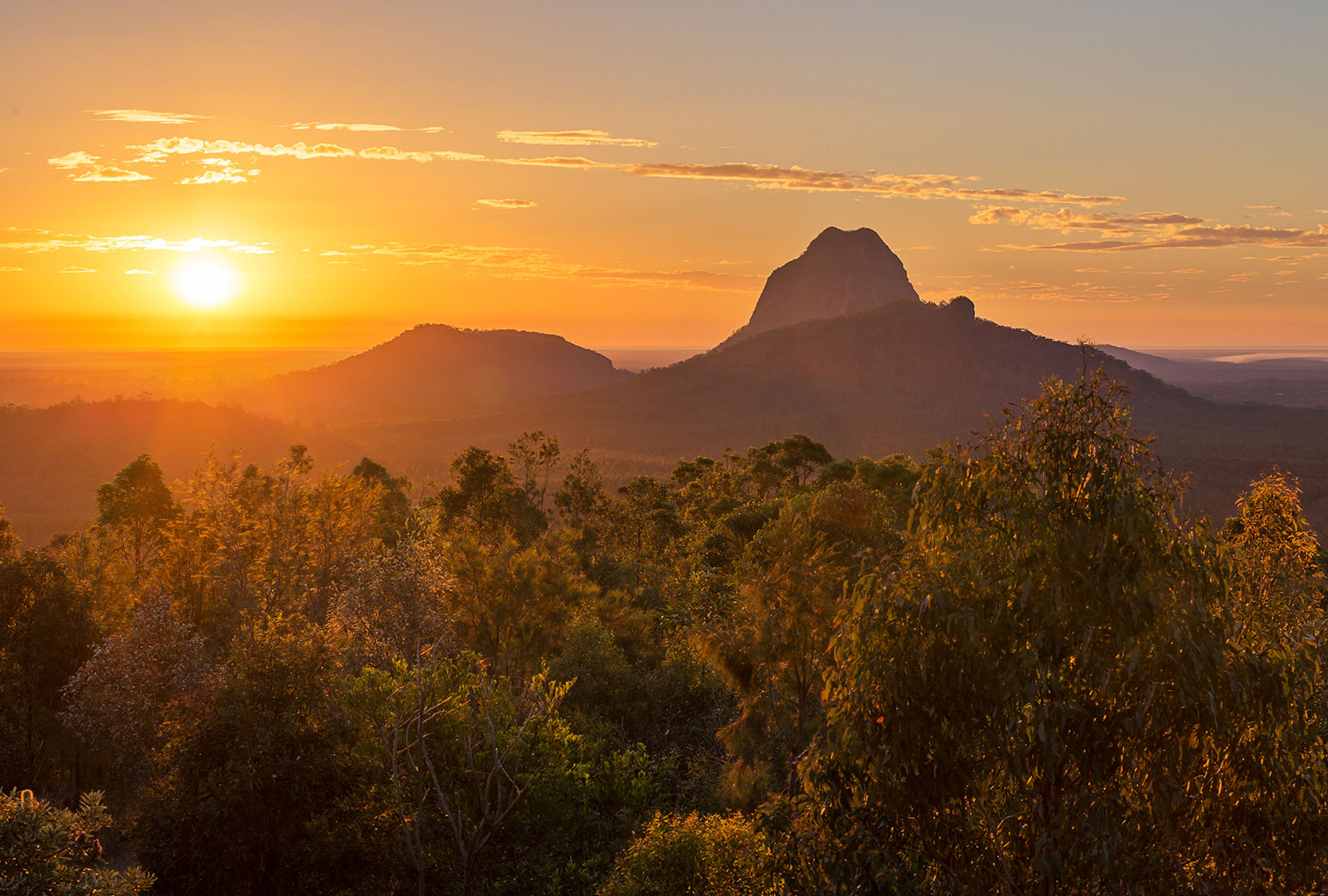
The bushfires have devastated Australia’s trees.
But they also bear the scars of colonisation
Posted on 06.02.2020
The ongoing bushfire crisis continues to draw international attention to Australia’s landscape, with images of trees — ablaze or charred — beamed across the globe.
The enormous and unprecedented scale of devastation has resulted in widespread calls for a return to Aboriginal land management practices, including “cultural burning”.
With Australia labelled “ground zero for the climate catastrophe”, it is also time we bring into focus the ideological differences between European and Aboriginal notions of caring for — and indeed, understanding — the land.
Trees have long been icons of our ancient bushland, and they hold deep cultural significance for Aboriginal people.
What’s in a tree?
Marking trees is a tradition that spans back to Captain James Cook, who carved the date and name of his ship in a tree at Kurnell.
Explorers in the early colonial period continued in that tradition, inscribing trees with their initials, the date or number of their campsite and other messages signposting their routes.
The Burketown “Landsborough Tree” in the Gulf of Carpentaria is one key example, carved by William Landsborough during his unsuccessful search for Burke and Wills.
In 2002, it was burnt down.
Gangalidda leader Murrandoo Yanner believes this was likely an act of retribution for the destruction of significant Aboriginal cultural heritage sites in the area.
“It’s been burnt to the ground because they were destroying our sacred sites back in the day,” he says.
“I guess that was the message: you really want to play this game? Respect our cultural heritage and we’ll respect yours.”
Richard Martin, a socio-cultural anthropologist at the University of Queensland, says the veneration of “explorer trees” can be traced back to the desire to both legitimise the colony and build a national identity.
He says trees “became symbols and icons of European presence in the area and the substance of that kind of colonisation that people came to cherish and protect as historical heritage sites”
But they also bear the marks of our contested national history.
Ancient Aboriginal land management practices like cultural burning are part of caring for country but they are also part of caring for people.
To sustain country is to sustain people — a message to be heeded now more than ever.
Source
Marika Duczynski
ABC News
Have a story to tell or news to share?
Let us know by Submitting a News Story







